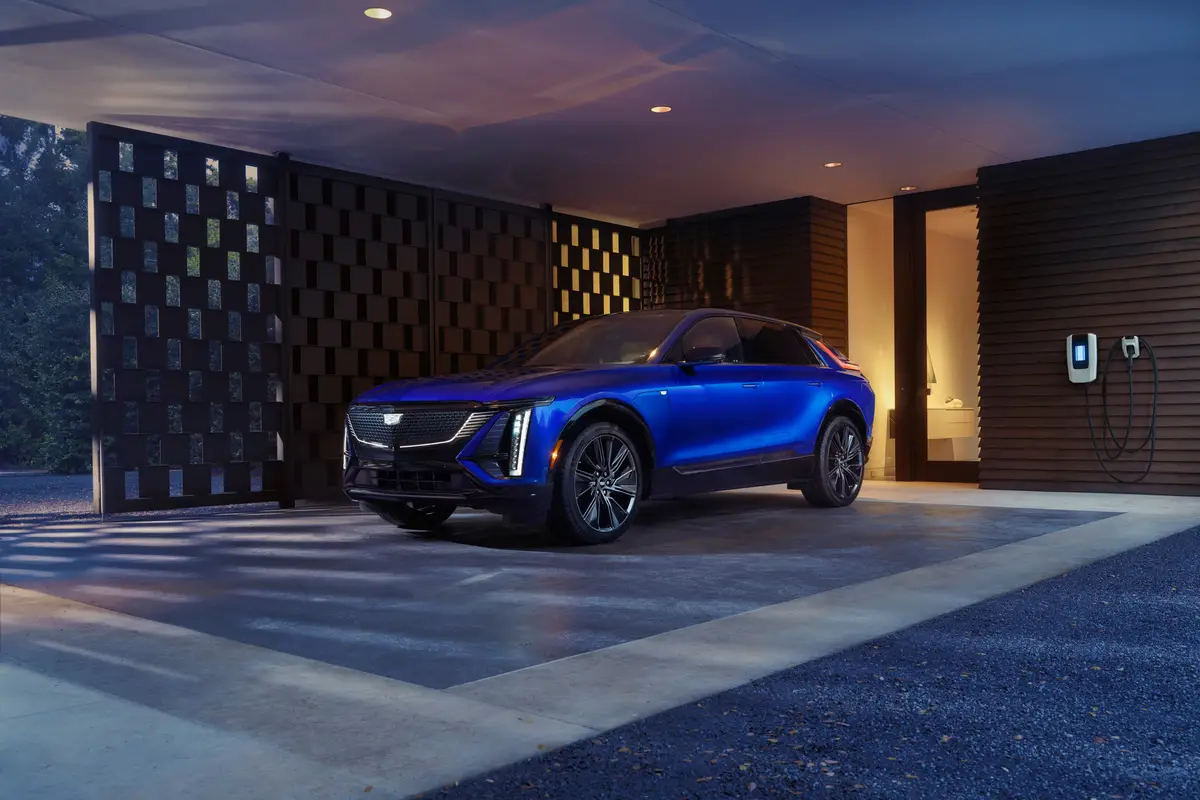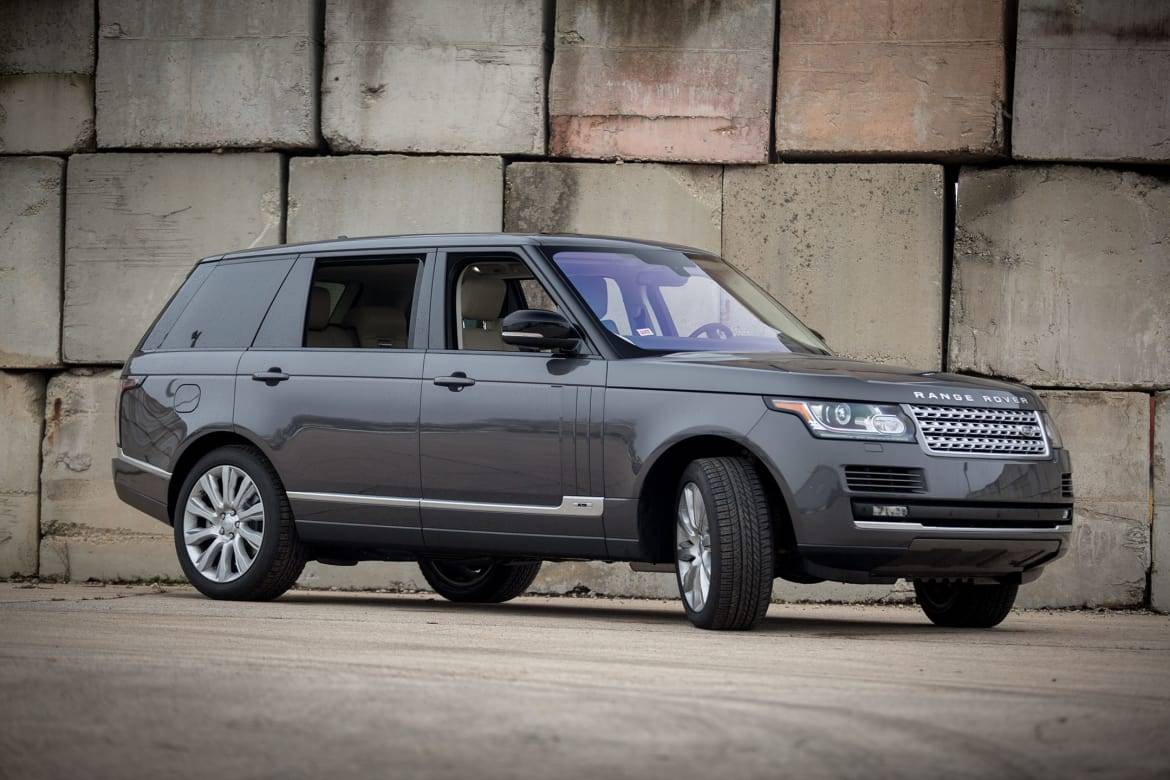TheMercuryNews.com's view
If you’re tired of the stream-splashing, rock-climbing, dirt-in-your-face approach to marketing sport-utility vehicles, meet the 2003 Volvo XC90.
Here’s a new SUV that goes against type.
Flip through the pages of Motor Trend, and there’s a Hummer H2 scaling a mountain peak. A Lincoln Aviator is parked in the desert. A Toyota 4Runner with Mount Everest in the background. And, in all three advertisements, there’s not a road in sight.
“We certainly don’t market ours as an off-roader,” said Frank Vacca, XC90 product launch manager for Volvo Cars of North America.
Instead, Volvo will rely upon its venerable image as a maker of perhaps the safest cars on the road as it takes its first steps into the land of the SUV.
“The XC90 delivers the promise of an SUV without having our customers apologize for driving one,” Vacca said at he sat at a picnic table on the shores of Lake Berryessa where Volvo introduced its newest vehicle to the press.
“Safety’s been a huge issue with this body type, especially rollover and the issue of compatibility with smaller vehicles. Those are things that Volvo had to address before there would even be a Volvo SUV,” he said.
Indeed, Volvo claims the XC90, which goes on sale later this month, has five firsts not shared by the 70 or so SUVs on the U.S. market. Safety systems comprise four of those five.
Those include a Roll Stability Control (RSC) system, which relies on gyroscopic sensors to stop skids and rollovers by cutting engine power and applying brakes; an inflatable head-curtain air bag for all three rows of seats; seat-belt pre-tensioners for all seven seats; and an integrated child booster seat in the middle of the second row that slides forward eight inches to bring a child closer to his or her parent in the front seat.
The XC90 also gets the first automotive use of the Dolby Pro Logic II Surround Sound audio system and six flat, folding seats (all but the driver).
Two versions
The XC90 will be sold in both five- and seven-passenger versions. The base model will carry a 208-horsepower, 2.5-liter five-cylinder engine. It’ll be sold as a front-wheel-drive model and goes on sale in January with a sticker price of $33,350. An all-wheel-drive version of the base model starts at $35,100, and goes on sale this month. The XC90 AWD T6 that goes on sale soon has a 268-horsepower, twin-turbo-charged six-cylinder engine, and a $39,975 window sticker.
While the sport-utility segment blossomed throughout the ’90s — growing from less than 1 million sales in 1990 to 3.9 million in 2001 — the growth in the near-luxury SUV market has been a more recent occurrence.
The Mercedes ML320 arrived in 1997, and accounted for about 15,000 sales that year. Since then, the Lexus RX 300, Acura MDX and BMW X5 have joined the fray. Sales of those four SUVs topped 204,000 in 2001.
Through it all, Volvo sat on the sidelines. That’s about to change.
Volvo predicts the market niche will grow to 250,000 units by 2005. It says it’ll sell about 6,000 XC90s in the last few weeks of 2002, and about 39,000 annually from 2003 to 2006.
XC90 buyers, Volvo said, will closely match others in the near-lux SUV segment. About 55 percent will be men. About 85 percent will be married. Median age will be 45 and median household income will be $145,000.
Less typical, according to the Swedish automaker that’s now owned by Ford Motor, is that 40 percent of XC90 buyers will have three or more vehicles in their family fleets. Also, a quarter of buyers will be non-whites, with Volvo saying it expects a “strong Asian penetration” for the vehicle. Also, 25 percent of buyers will live in urban areas or near the center of big cities.
Size-wise, the XC90 is a bigger vehicle than the Lexus RX 300, but it doesn’t look like it. At 18 .9 inches long, it’s eight inches longer. At 74.7 inches wide, it’s three inches wider. At 70.2 inches tall (with roof rails), it’s 4.5 inches taller.
“Its size is reasonable and sporty,” said designer Doug Frasher. “It’s not clumsy in any sense of the word.”
Studio designed
The XC90’s exterior was designed at Volvo’s California studio in Camarillo.
Working with a group of female buyers — Frasher said it was more of a reference group than a typical clinic or focus group used frequently by automakers — Volvo was able to get feedback on a regular basis from SUV owners.
The design challenges, according to Vacca, were to create a vehicle that would be immediately recognized as both an SUV and as a Volvo.
Even before the first XC90 is sold, the SUV has earned a prestigious award. Last week, Motor Trend magazine named the XC90 as its sport-utility of the year with the vehicle topping other talented newcomers such as the Hummer H2, Lexus GX 470, Lincoln Aviator and Honda’s Pilot and Element.
Vacca called the XC90 “the next generation of SUVs,” but perhaps Newsweek’s Tara Weingarten put it best. The XC90, she wrote, is “an SUV-hater’s SUV.”
Latest news



